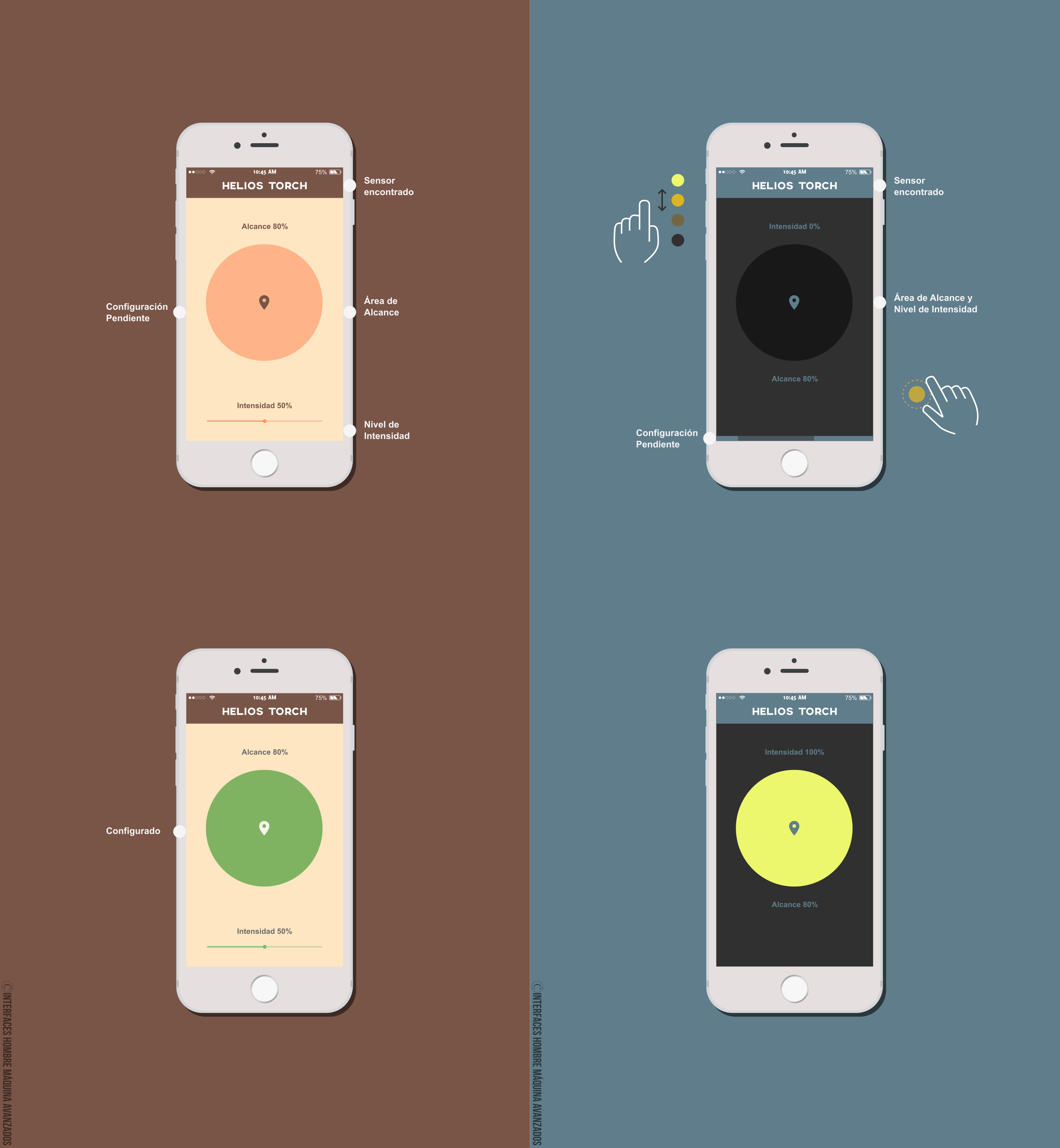Inmobet

Sports bet forecasting system based on analytics from data and tipsters.
In early 2018, when I was still working in the Smart City sector, a couple of colleagues of mine came with the idea of creating a bet forecast system for sports. Mainly football, tennis and basketball matches.
I haven’t bet in my life, nor went to a casino but the idea was really good because they were regular bettors and the market was expanding. Just one year after, every simple corner in Europe got a betting house.
They were using MasxMenos and professional tipsters on Telegram to get sports match predictions (tips) and Bet360 to bet.
Our budget at that moment was quite small and neither of my colleagues knew how to code, so I spent all my spare time working after work on our project: INMOBET.
There wasn’t any API available, all the crucial information for the final bets were images on Telegram and Gmail (directly from tipsters)
So, to cope and offer valuable data to our users I created a neural network with Brain.js fed with Color Thief and Tesseract able to analyze and send to our Telegram Channels tips to improve their betting.
It worked perfectly after a couple of iterations, we raised almost 400 users but then the betting house started to close bets in the market sooner than ever.
Bet360 was detecting many users betting on specific matches and with a high yield of earnings, so they decided to reduce the bet time dramatically. It was almost impossible to jump from our Telegram Channels to the Bet360 App, even though we spent just one second on posting what our users had to do to have a safe bet.
It was nice while it lasted. Inmobet worked for a couple of months until Bet360 cut our bet time. We decided to close the project 7 months after, aslo our competitors started having the same problem.
For my personal perspective, even though as I told you before I’m not a real fan of betting, I enjoyed the challenging coding experience. I learned a lot, it was my first time using: Brain.js, Tesseract.js, Mutation Observers and Telegram Bots : )



